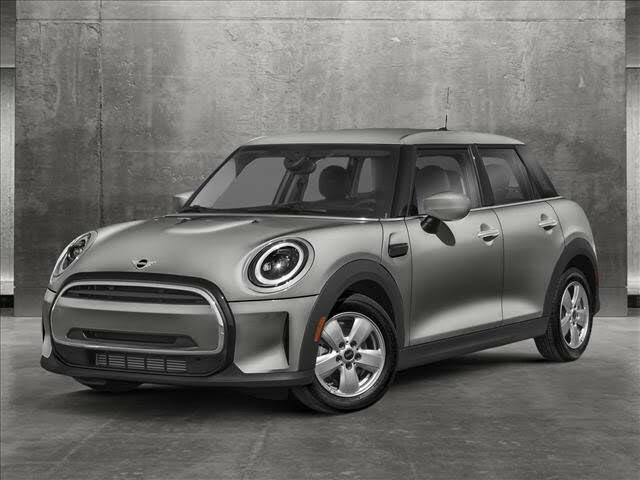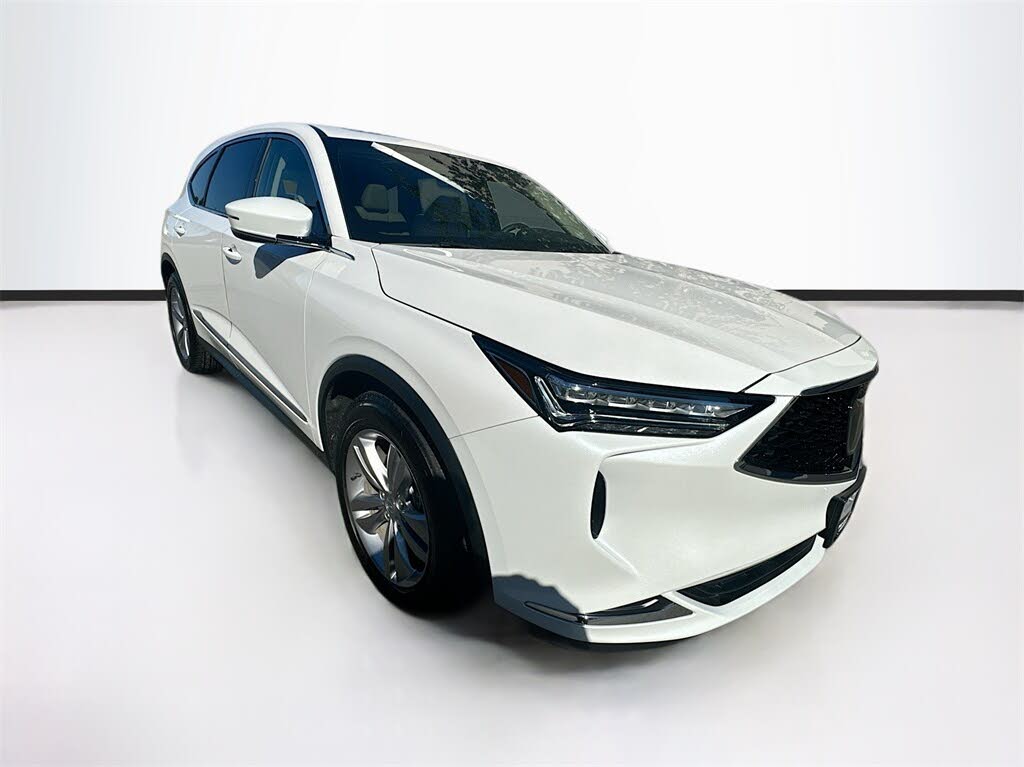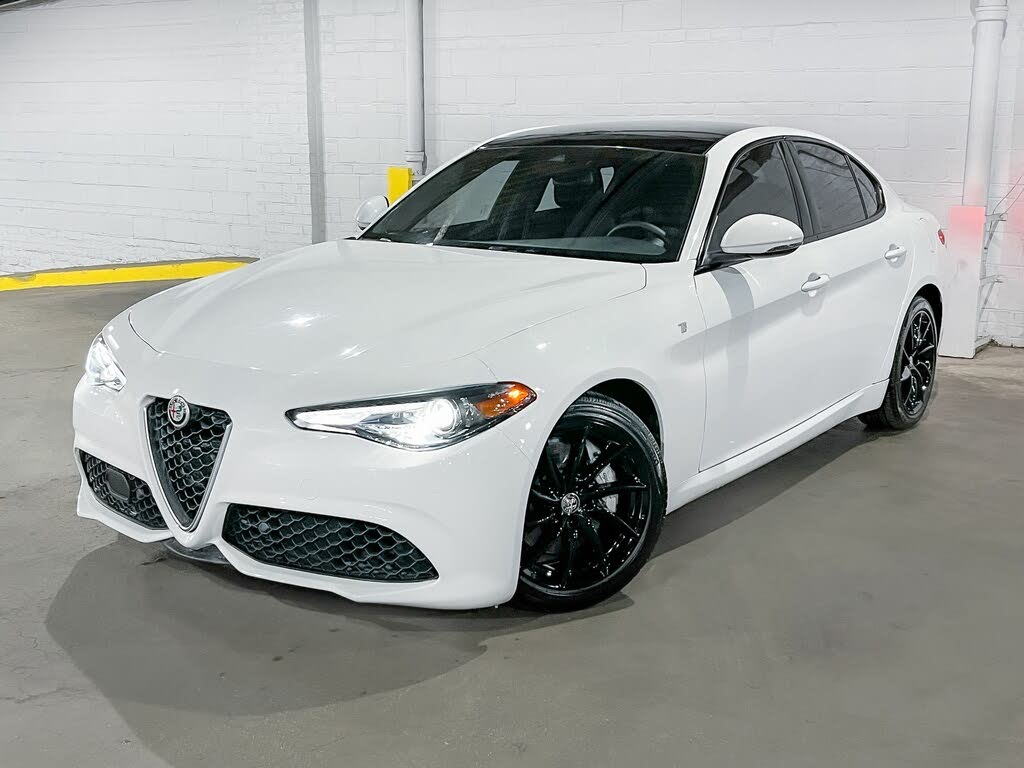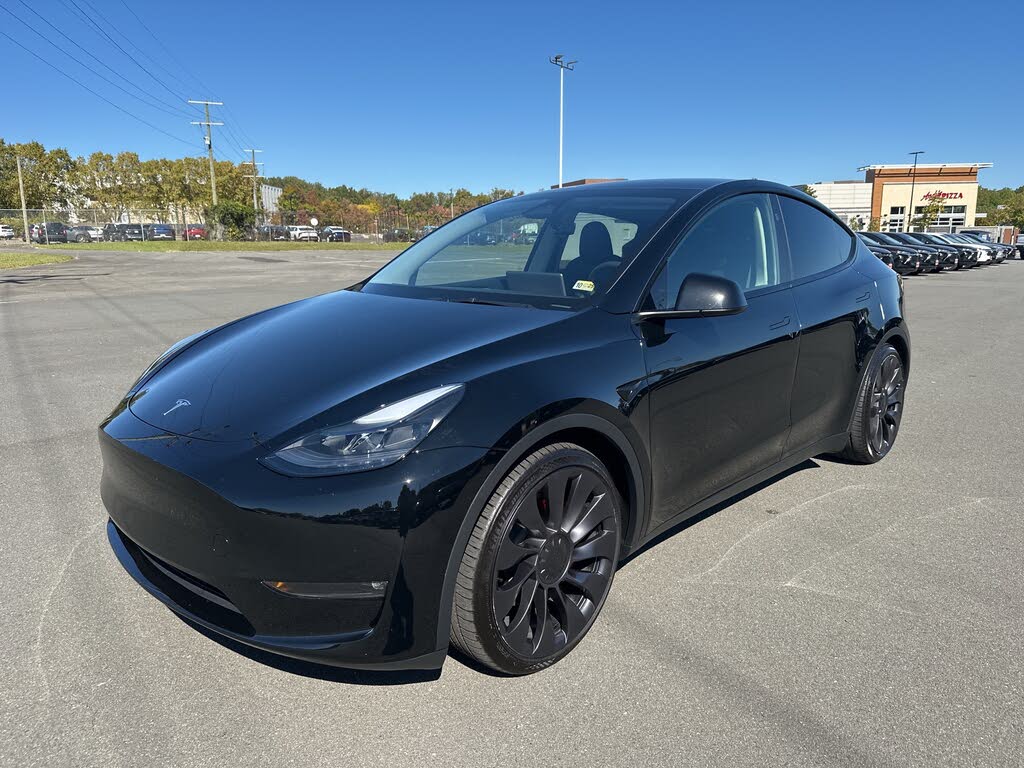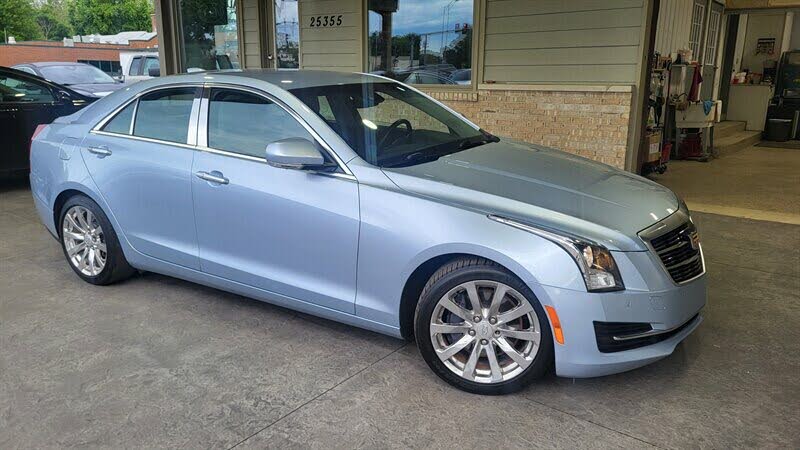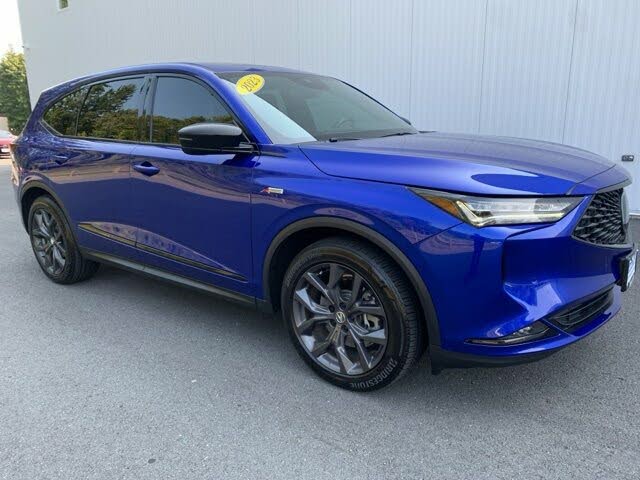2025 Kia Sorento Secures IIHS Top Safety Pick Amid Mixed Industry Results
The Insurance Institute for Highway Safety (IIHS) recently released surprising safety ratings for four diverse vehicles, with the 2025 Kia Sorento emerging as the standout performer. While the mid-size SUV earned Top Safety Pick recognition, competitors including the Nissan Altima and Honda's new electric SUVs faced unexpected challenges in critical safety evaluations.
Understanding IIHS Safety Ratings
The IIHS employs a rigorous four-tier rating system (Poor, Marginal, Acceptable, Good) across multiple test categories. To qualify for Top Safety Pick or the higher Top Safety Pick+ designation, vehicles must demonstrate excellence in:
- Frontal crash tests (driver-side small overlap and moderate overlap)
- Side impact collision evaluation
- Headlight performance assessment
- Collision avoidance system effectiveness
The more prestigious Top Safety Pick+ requires an additional good or acceptable rating in the updated moderate overlap test that now evaluates rear passenger safety.
Kia Sorento's Safety Redemption Story
The 2025 Kia Sorento represents an interesting case of partial improvement. After missing Top Safety Pick+ status in previous evaluations due to rear seat belt performance, Kia engineers implemented design changes specifically targeting this weakness.
What Changed for 2025
Kia's modifications focused on the rear seat belt mechanism, aiming to better restrain passengers during frontal collisions. While these adjustments showed progress, the IIHS still found room for improvement:
- Marginal rating in updated moderate overlap frontal test
- Continued issues with rear passenger dummy movement
- Improved but still imperfect belt geometry
Despite these limitations, the Sorento's strong performance in other categories secured its Top Safety Pick status, particularly excelling in pedestrian detection with a Good rating.
--TOP ADVERTISEMENT HERE--
Competitive Landscape: Where Others Fell Short
The test session revealed significant variation in safety performance across different vehicle categories and manufacturers.
Nissan Altima's Persistent Challenges
The 2024-25 Nissan Altima returned with updated seat belts but continued to struggle with core safety requirements:
- Marginal rating in updated frontal crash test
- Previous poor performance in side impact testing
- Subpar pedestrian avoidance capabilities (Marginal rating)
These results suggest Nissan needs more comprehensive safety revisions rather than incremental belt improvements.
Honda's Electric Growing Pains
Perhaps the most surprising outcomes came from Honda's new electric vehicles - the 2024 Prologue and Acura ZDX. Despite representing Honda's technological showcase, both models missed safety awards due to:
- Acceptable (not Good) ratings in small overlap front crash tests
- Airbag deployment issues allowing dummy head movement
- Initial poor headlight performance (since corrected for ZDX)
These results highlight the unique safety engineering challenges posed by electric vehicle architectures.
Key Safety Takeaways for Car Buyers
These mixed results offer valuable insights for safety-conscious consumers:
- Model year matters: The 2025 Sorento shows manufacturers do make safety improvements year-to-year
- Test all seating positions: Many modern vehicles protect drivers well but struggle with passenger safety
- EV safety differs: Electric vehicles present unique crash safety challenges manufacturers are still addressing
- Headlight performance varies: Lighting technology is rapidly evolving - check current ratings
Industry Implications and Future Outlook
These test results signal several developing trends in vehicle safety:
- Increasing focus on rear passenger protection in safety evaluations
- Growing divergence between electric and combustion vehicle safety performance
- Manufacturers responding to specific IIHS criticisms with targeted improvements
- Continued evolution of pedestrian detection systems across price segments
Expert Safety Recommendation
"While the Kia Sorento represents a strong safety choice, consumers should verify that any vehicle they're considering has current IIHS ratings," recommends MotorVero's safety analyst. "Particularly with electric vehicles and newly redesigned models, safety performance can vary significantly from previous generations."
--FIRST CONTENT ADVERTISEMENT HERE--
How These Results Compare to Segment Leaders
When benchmarked against other Top Safety Pick+ winners in their respective categories, these test vehicles reveal:
| Vehicle | Key Strength | Primary Weakness |
|---|---|---|
| 2025 Kia Sorento | Pedestrian detection | Rear passenger protection |
| Nissan Altima | Frontal crash structure | Side impact protection |
| Honda Prologue/ZDX | Battery protection | Airbag deployment timing |
Frequently Asked Questions
What prevented the Kia Sorento from earning Top Safety Pick+?
The Sorento's marginal rating in the updated moderate overlap frontal test, specifically regarding rear passenger protection, kept it from achieving the higher safety designation despite excelling in other categories.
Are electric vehicles generally less safe than traditional cars?
Not necessarily, but these results show that EV architectures can present unique safety challenges that manufacturers are still learning to address effectively, particularly regarding airbag deployment and cabin protection.
How important are IIHS ratings when choosing a vehicle?
IIHS ratings represent the most rigorous independent safety testing available. While not the only factor to consider, they provide crucial, standardized safety data that can reveal differences between seemingly similar vehicles.
